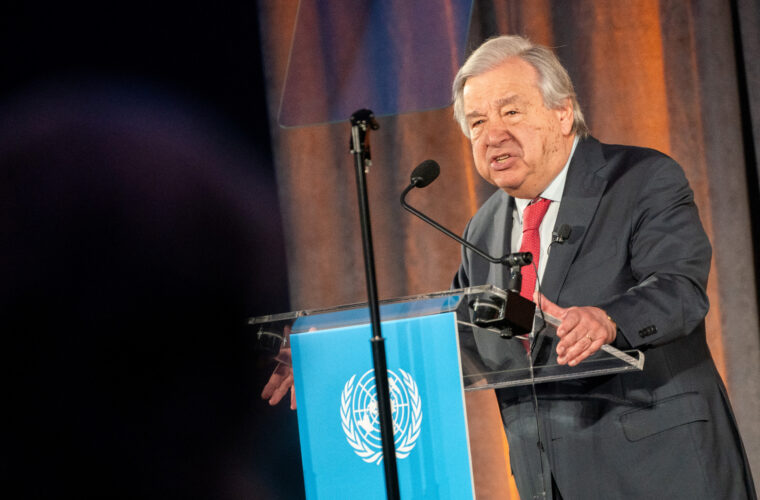Biodiversity conservation: During the past two months, two of humanity’s most critical issues have been addressed at serious conference meetings – climate change and biodiversity loss. In November, the Conference of the Parties to the UNFCCC (COP27) in Sharm El-Sheikh addressed climate change and not long after the dust had barely settled on the outcome, another round of international negotiations started in Montreal, Canada.
At the UN Conference on Biological Diversity (COP15), world leaders agreed on new targets for biodiversity conservation
The loss of biodiversity – an array of life forms from tiny viruses, bacteria and fungi to towering trees and giant whales – is accelerating and is an even more significant threat to humanity than climate change. The last such agreement in 2010 aimed at 20 Aichi targets, including halving biodiversity loss and expanding protected habitats on land and sea by 2020. Unfortunately and soberly: governments met none of these targets.
The problem is quite complex. We are no longer talking about ozone depletion, which humans solved successfully using targeted measures. That was a relatively simple problem, not a problem in different dimensions.
The nature of the problem we face today is incredibly complex, and the rate at which change is happening is extreme and unprecedented. Species are disappearing 1000 times faster than the natural rate. The problems resemble the domino effect: climate change, habitat destruction, and pollution are all moving in the wrong direction, exponentially increasing each other’s effects.
All of these forces are pushing more and more species to extinction, and that itself threatens our own existence. Let’s face it: we are on the verge of the sixth mass extinction – we do not want to comprehend it, especially not those who believe that humans are outside or on top of the system of nature. But the sad reality is that we are part of nature – and nature’s ecosystems are rapidly collapsing. The question is how long we will be able to stand on our feet. If you are interested in learning more about the recent nature of decline assessment, please look at the 2019 global assessment report.
What is needed to reverse the process?
Well, I’m not too fond of doomsday scenarios. Still, I also prefer honest answers: to stop our journey to a detrimental outcome truly; we would need to entirely transform how our societies work and the relationship between people and the rest of nature.
COP15
After a two-year delay due to the pandemic and the difficulties of negotiating a new venue with China, which is hosting the conference, COP15 finally took place through the Convention of Biological Diversity (CBD), which is an international legally binding treaty committing governments worldwide to safeguard biodiversity. It covers all life on Earth – ecosystems, animals, plants, fungi and microorganisms and focuses on achieving sustainable development – that is, human progress without threatening biodiversity.
The big goal was to adopt a new global framework for biodiversity, essentially a blueprint for how the world’s countries intend to halt biodiversity loss and ensure that societies live in harmony with nature by 2050. The landmark deal of this year’s meeting agreed on is to protect 30% of the world’s lands, inland waters, coastal areas and oceans, emphasising areas of particular importance for biodiversity and ecosystem functioning and services. Find other goals here.
Final notes
We decided to publish this article on the 29 December instead of right after COP15, a few days ago, because when first created by the Second Committee of the UN General Assembly in late 1993, 29 December was designated The International Day for Biological Diversity. That was the day the Convention on Biological Diversity (CBD) was signed. In December 2000, however, the UN General Assembly adopted 22 May as International Day for Biological Diversity to commemorate the adoption of the text of the Convention on 22 May 1992. So hold on; we will update you soon enough with more topics on biodiversity.



